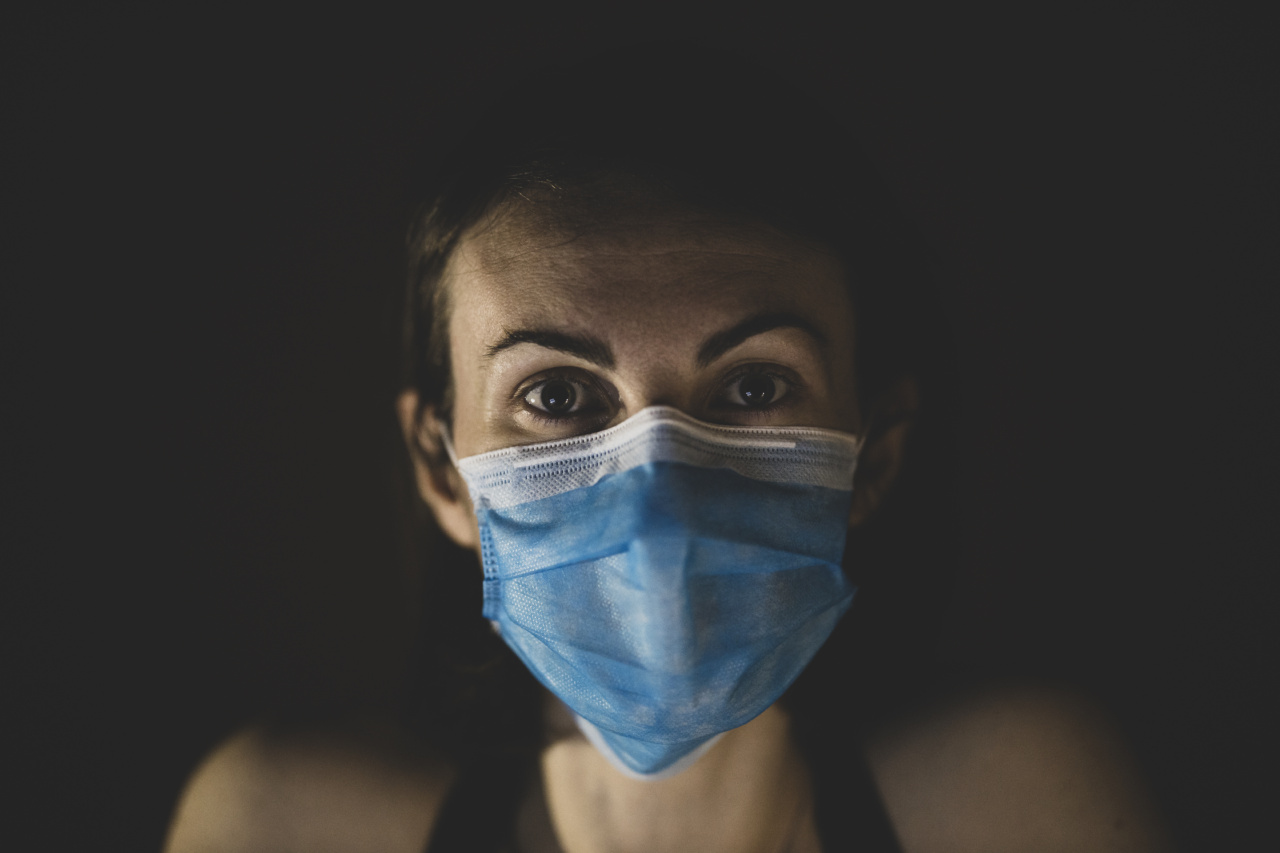Smoking has long been known as a leading cause of various health problems, including heart disease, lung cancer, and respiratory issues. However, recent research has shed light on another alarming consequence of smoking: its interaction with bacteria.
When smoking and bacteria join forces, they create a deadly combination that significantly increases the risk of developing severe infections and other health complications. In this article, we will explore the relationship between smoking and bacteria and the dangerous effects they can have on our overall well-being.
The Link Between Smoking and Bacterial Infections
Bacteria are microscopic organisms that can cause infections in the body. While our immune system is designed to defend against bacterial invasion, smoking weakens its defenses, making it easier for bacteria to take hold and proliferate.
Several mechanisms contribute to this increased vulnerability:.
1. Impaired Respiratory Defense Mechanisms
Smoking damages the lining of the respiratory tract, impairing its natural defense mechanisms. The cilia, tiny hair-like structures that help sweep away bacteria and other irritants, become less effective in smokers.
Consequently, bacteria can linger in the respiratory tract for longer periods, increasing the chance of infection.
2. Reduced Immune Response
The toxins present in cigarette smoke weaken the immune system’s ability to respond effectively to bacterial threats.
The smoke dulls the activity of immune cells, such as neutrophils and macrophages, which are responsible for neutralizing bacteria and other harmful substances. This suppression of the immune response allows bacteria to thrive and cause infections more easily.
3. Altered Composition of Respiratory Microbiota
Smoking disrupts the balance of bacteria in the respiratory tract, leading to an overgrowth of potentially harmful bacteria.
Studies have shown that smokers have altered microbiota in their airways, making them more susceptible to certain bacterial infections, such as pneumonia and chronic obstructive pulmonary disease (COPD).
Risks and Consequences
The combination of smoking and bacterial infections poses significant risks and can have severe consequences for an individual’s health:.
1. Increased Risk of Respiratory Infections
Smokers are at a substantially higher risk of developing respiratory tract infections, including bronchitis and pneumonia. These infections can range from mild to severe and may require extensive medical treatment, including hospitalization.
In severe cases, they can even be life-threatening.
2. Impaired Wound Healing
Smoking compromises the body’s ability to heal wounds effectively. The toxins in cigarette smoke constrict blood vessels, reducing blood flow to the injured area.
This diminished blood supply deprives the wound of essential oxygen and nutrients, impairing the healing process. Additionally, smoking weakens the immune response at the wound site, making it more susceptible to bacterial colonization, which further hinders healing.
3. Increased Antibiotic Resistance
Smoking has been associated with an increased risk of antibiotic resistance development. Certain studies have found that smokers infected with bacteria have a higher likelihood of those bacteria developing resistance to antibiotics.
This resistance makes infections harder to treat, limiting the effectiveness of available medications and leading to more serious health complications.
Steps to Minimize the Risk
While quitting smoking is the best course of action to protect oneself from the adverse effects of smoking and bacterial infections, there are steps individuals can take to minimize their risk:.
1. Smoking Cessation
Quitting smoking is crucial to reduce the risks associated with both smoking and bacterial infections. It allows the body to begin repairing the damage caused by smoking and strengthens the immune system’s ability to fight off infections.
2. Good Hygiene Practices
Regular handwashing, especially before eating or touching the face, helps minimize the transfer of bacteria from contaminated surfaces to the body.
3. Vaccinations
Ensuring up-to-date vaccinations, such as the pneumococcal vaccine and the flu shot, can help protect against specific bacterial infections and minimize the severity of illnesses.
4. Avoiding Secondhand Smoke
Avoiding exposure to secondhand smoke is essential for reducing the risk of both respiratory infections and the detrimental effects of smoking on the immune system.
Conclusion
Smoking and bacteria form a lethal alliance that can have dire consequences for individuals’ health.
The combination weakens the body’s defenses, making it more susceptible to bacterial infections, impairs wound healing, and contributes to the development of antibiotic-resistant bacteria. Quitting smoking and taking preventive measures, such as good hygiene practices and vaccinations, can help reduce the risk of these dangerous outcomes.
Understanding the relationship between smoking and bacteria empowers individuals to make informed decisions about their health and take the necessary steps to protect themselves from this deadly combination.































